Today’s manufacturing faces constant volatility and uncertainty. In this environment, ensuring the smooth flow of raw materials and finished goods becomes critical for success. So, this is where industrial railway switches step in, playing a crucial role.
These switches allow for efficient movement of goods within your facility, streamlining the production process and minimizing disruptions.
What is Railway Switching?
The railway hump, commonly known as rail switching or rail shunting, is a programming activity that involves directing railcars within industrial facilities, rail yards, and sidings so that freight can be loaded, unloaded, sorted, and marshaled. It comprises diverse types of equipment, e.g. locomotives, railcar movers, and track switches.
What Does Railway Switching Have to Do with Manufacturing Operations?
An important element in manufacturing operations is to allow the integral flow of raw materials, parts, and both in-process and finished goods to maintain production schedules and customer demands and minimize costs. Commercial railway car switching allows plants to move large volumes of commodities, heavy equipment, and other materials through rail. Similarly, giving the companies a cost-effective solution instead of trucking or sea routes.
- Efficient transfer: Railway switches facilitate seamless movement of production from factories to distribution centers and shipping terminals.
- Leveraging infrastructure: Switches tap into the vast, high-capacity rail network, ideal for transporting heavy goods over long distances.
- Reduced road reliance: Less reliance on trucks helps alleviate urban congestion and emissions.
- Wider reach: Rail offers broader distribution possibilities compared to road transport.
- Increased capacity: Railways handle heavier loads more efficiently than trucks.
What Importance Does It Hold?
The role of railroad switches in manufacturing is significant, and it might even be more crucial than one could ever imagine. Here are several key reasons why it holds considerable importance:
● Efficient Material Handling
Railway switching provides a perfect tool for the industrial movement of materials with a manufacturing facility where materials can be managed effectively. The factory can also optimize its production process, reduce handling costs, and even minimize rail shipment turnaround times.
● Cost Savings
As a result, the industry relies much on rail carriage for those in bulk and long-haul deliveries, which can result in huge cost savings. Due to this, the transportation industry operates with the help of rail carriage for bulk and long-haul deliveries
● Reliability and Scalability
Rail operation is a reliable and flexible alternative for handling large quantities of materials and for production periods like high and low demand or the seasons.
● Environmental Sustainability
Over the years, environmental sustainability reduced fuel consumption and GHG emissions for the rail transport sector. Rail transportation, which is best for long-distance shipping, and switching railway facilities into their logistics system are the two options engineers use. Therefore, this is to attain low carbon emission and environmental objectives.
● Access to Markets
Industrial railway switching remains a convenience to manufacturers by offering access to disparate markets or distribution channels. On the other hand, it also puts them a step ahead in the race to reach more customers across the globe. Connecting the manufacturers’ factories to the rails makes growth and diversification of opportunities possible and allows other sectors to participate.
Contrack Railcar Storage: Industrial Railway Switching
We operate our industrial railway switching services to meet, or exceed, safety and operating standards employed by the Class l railroad industry. As a result, our team enjoys one of the premier safety records in the industry today.
Learn more about Railcar Loading and Unloading: How to Choose the Right Partner





